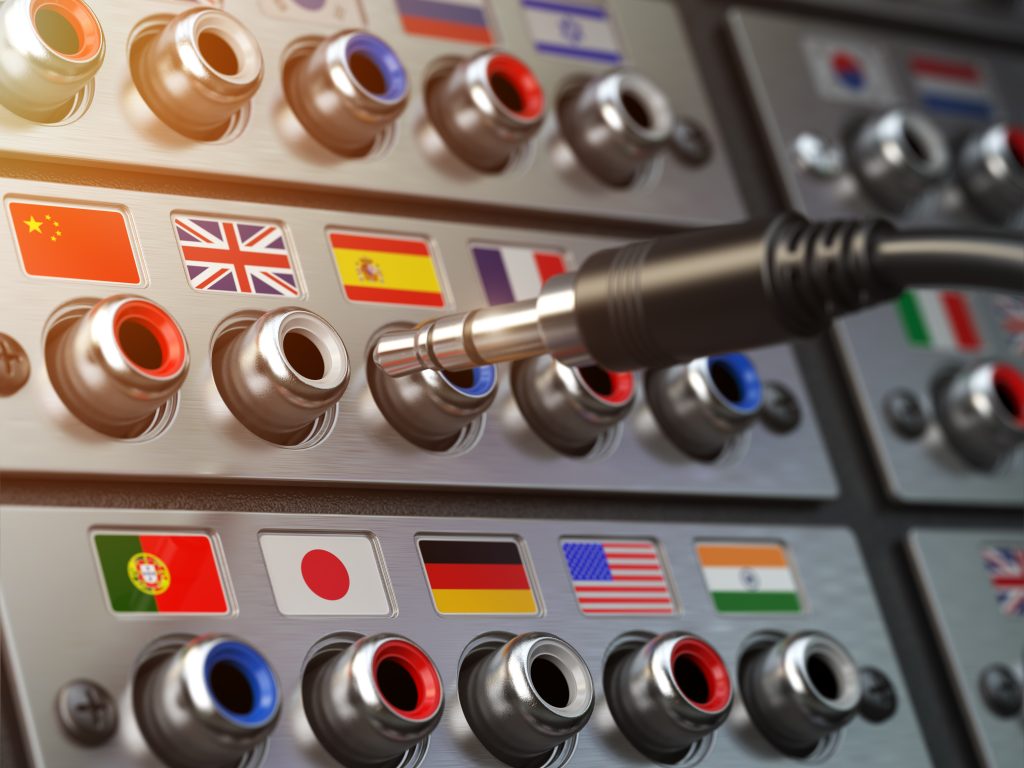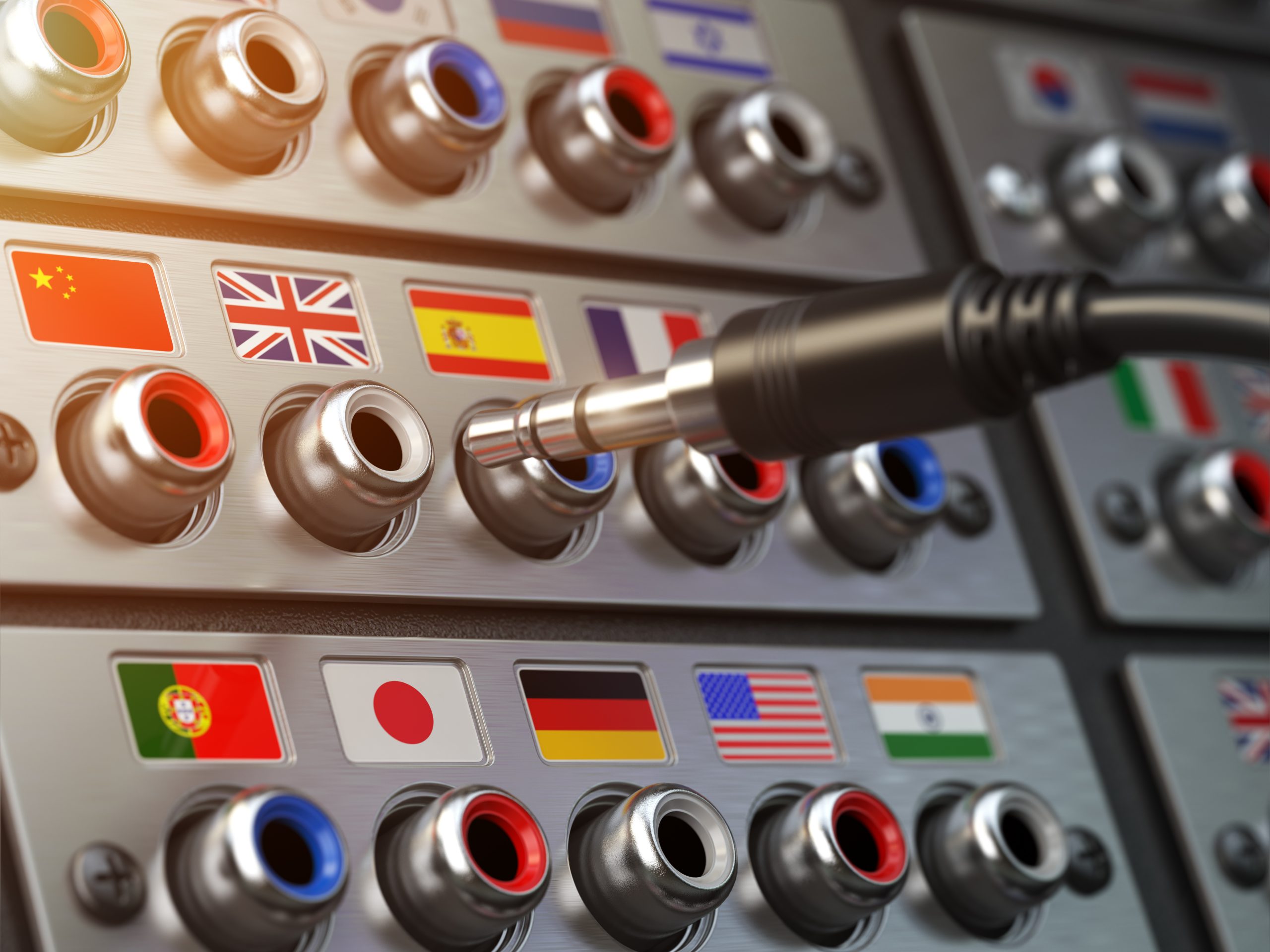Imminent and Emerging Developments in Language Technology
Imminent and Emerging Developments in Language Technology
Twenty years ago, everyone thought that a computer would soon be able to comprehend, relate, and translate anything. Today we can turn on a light while talking, yet millions of people are still struggling to learn foreign languages.
Over time, languages naturally transform. In the earlier days, cultural fender-benders instigated by slavery, probe, and war have pushed language changes even further. In the present day, new forces are at play. Languages are transformed by technological advances that excel borders and redefine how we communicate—and with whom.
In today’s world of rapidly-advancing technology, gadgets can get a little hard to follow- jargon-filled shades, imagery that looks alien to the untrained eye, and developments that both amaze and bewilder the mind. Day by day, technology gets a little bit more complex, perplexing, and absolute difficult. Let’s be honest for a moment, we all find technology difficult to understand at times.
Have you ever been scrolling online and searching for something and then came across a website in a language you don’t recognize? It does feel a lot like traveling in a foreign country where you don’t understand what the locals are talking about with each other. One can’t grasp the language, the signs are foreign, can’t compute the currency, and as you look hysterically around for some form of familiarity, nothing jumps out & ultimately you end up exiting the website without purchasing anything.
If this feeling is something you have been through, then you already recognize the inevitability of localization. Localization is the process of adapting a product or content to fit the linguistic and cultural norms of another specific market. If localization is efficaciously accomplished, a product or service will have more significance within the local culture.
The language services market at large is experiencing surfs of modification frequently founded upon evolving technology. Recent localization defies entails progressively cutting-edge translation and localization clarifications elevated for multiple content types, formats, and stakeholders. We know that each industry has its own concerns, and each new tool or platform needs to assimilate to dozens of others to meet the needs of diverse users. The language technology landscape is progressively flattering more multifaceted as startups try to find their niche, more proven players in the market mend their functionality and structures, and leaders try to uphold their market share through pure innovation.
Now in the COVID-19 world, companies are rushing their digital makeover and challenging the way they think about localization and content. The outlook of all big and small businesses and brands are fluctuating. Businesses are thinking about the content lifespan, the ROI on content and the content time to market, which moves the emphasis from method to results. This is stimulating companies to consider diverse methodologies to their localization programs and to question their multivendor tactics.
Conversely, in the age of digitization and in a more globalized world, human language forms foremost blockades. At the same time as new technologies allow people all over the world to communicate with each other by providing instant access to an endless source of information, much of this new universe remains unreachable and closed, locked within the unseen barriers created by the multiplicity of languages in which it is spoken. Language technology and linguistic research can make a momentous influence towards the disassembling of these linguistic blocks. And that is only part of an even more far-reaching influence: they will ultimately empower instinctive language-based communication with technological devices extending from household electronic machinery and vehicles to computers and robots.
With the growing Language Technology, it will eradicate the necessity for most people to learn a language. As technology in machine translation advances, language learning will continue to decline, to the point where it will almost die out. The technologies that already exist and are already functioning at their current levels, i.e. Microsoft’s translation tool that maintains the speaker’s voice and accent, Google’s Breaking down the language barrier, Duolingo software used for both learning a language AND crowd-sourced translations and many more.

All the above mentioned technologies may not be perfect or without errors but raise your hands, if you even ever imagined this would ever be there to help in translation. We are now in a transition period when human interference is required to progress machine translation and clarification. The need for human involvement will linger for years. Nevertheless, as the machine translation technology progresses, the amount of human involvement needed will decline until it is almost non-existent. In five to ten years’ time the current technologies will be functioning at much higher levels. Possibly higher than we can imagine.
There can be a concept of Universal Translator. By description a universal translator means that it is universal, that it could translate all the world’s languages. While this is hypothetically likely, with thousands of languages in presence, it will involve epochs to file all these languages so a universal translator may identify each language. Based on the ability to communicate through universal technology, we believe that most of the 3 billion people will not continue to learn languages, since technology alone will permit this.
To predict the future of language technology, we now know that, in just a few years,
- Machine language technology will be common. People will be using it for vacation travel and simple verbal communications in person and remotely on their phones, computers and personal devices.
- Technology will happen as an earshot aid-type device to concurrently translate conversations.
- The number of languages going vanished will hasten over the coming 2 decades.
- The top 15-20 languages in the world will be “transposable”. If you speak one of those 15-20 languages this means you will be able to “speak” them all.
Language technology undoubtedly has advanced astonishingly, but there’s still room for enhancement. Until AI reaches human levels, we still need to rely on humans to do the mainstream of our translation work. And, it’s not clear yet that AI will, in fact, get to a point of superiority that enables it to work efficaciously on its own.














